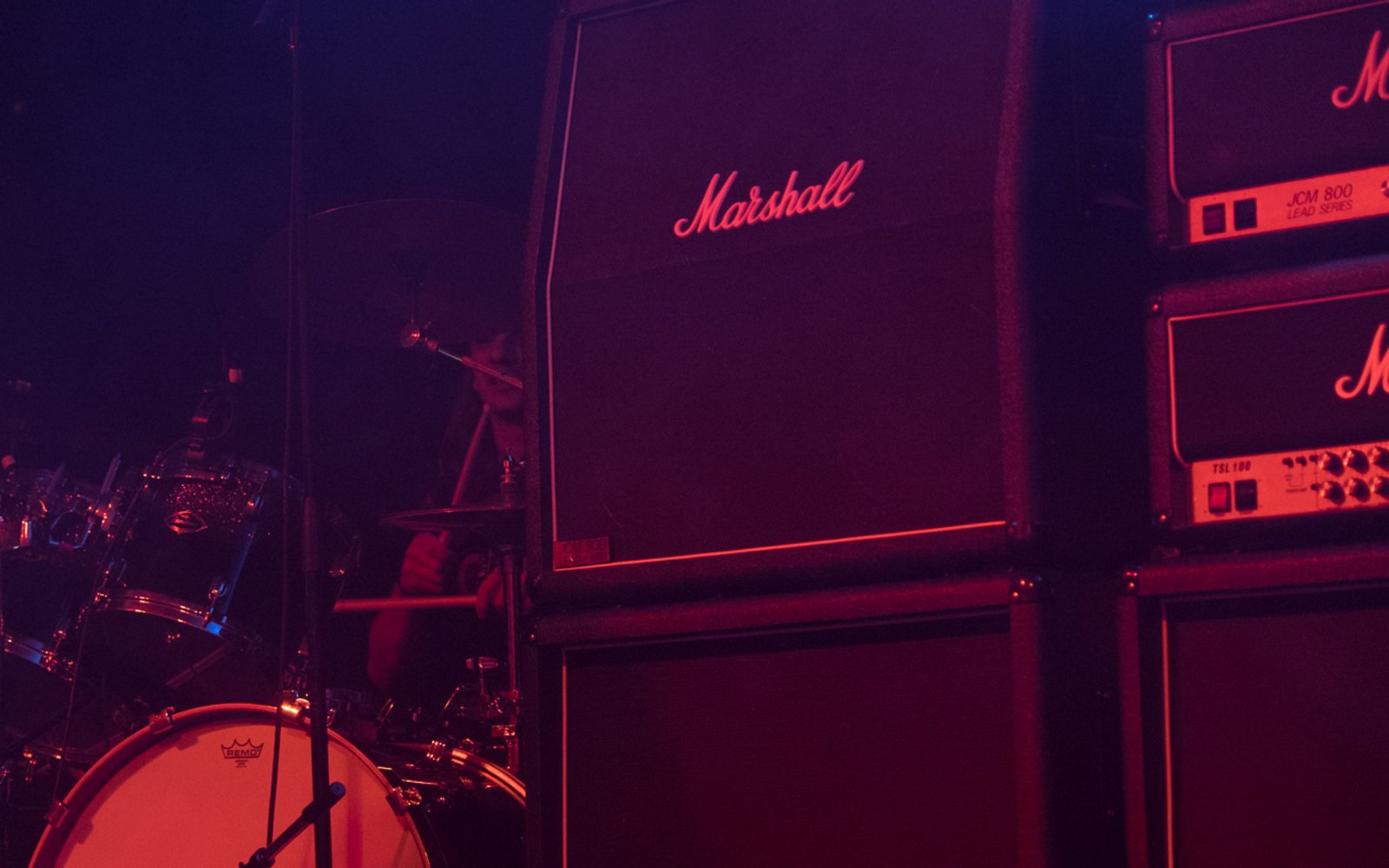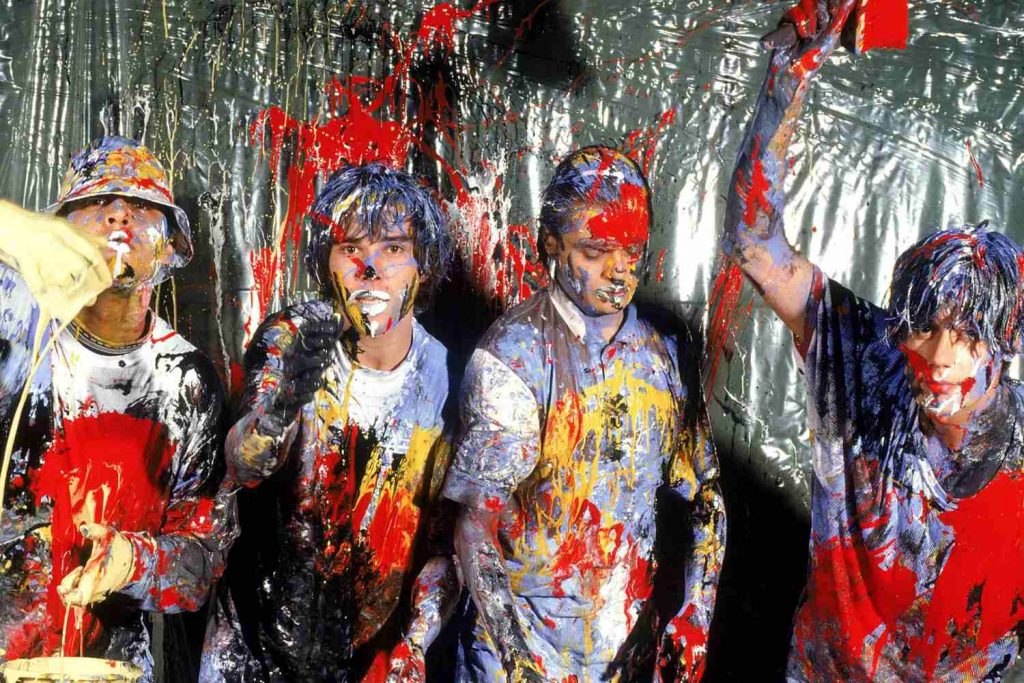A handy guide to getting the most out of your valves.
While an overdrive pedal or distortion are great for creating new tones, they can often remain very much their own beasts and are often used to create specific effects and sounds. Boosts, however, are designed more acutely to push your amp into previously undistorted territory, allowing you to access much more refined sounds.
Summary
- Sending your amplifier into overdrive without the conventional use of an overdrive pedal can create unique distorted tones that drastically differ from typical sounds.
- This can be achieved through the strategic use of boosts, EQs and wah-wahs to alter the frequency spectrum of your amplifier.
- Alternatively, using an overdrive pedal as a volume or clean boost can also result in distinctive distorted sounds to cut through the mix.
Read all the latest features, interviews and how-to columns here.
Amplifier heads have a few gain stages and are made up of a preamp, usually with some gain controls and EQ, followed by an amplifier that amplifies the signal and sends it out some speakers.
You can push the gain of your preamp, forcing it to clip as it moves through the preamp and the power amp section. You can also clip your power amp, as you reach up towards the headroom of your amp. But what about adding an extra gain stage to really explore new sounds?
The following are my top five techniques for pushing an amp into overdrive, without the use of standard distortion or overdrive pedals.
MXR are pedal royalty. Famed for their various Phase 90 incarnations, fuzzes and delays, they also released the Micro Amp pedal in the ’70s, a simple clean boost with its own gritty character, almost 30dB of gain, and a single knob as the only control on the entire pedal.
The Micro Boost can be used to boost signal into another overdrive pedal or distortion, or to really drive your instrument’s signal hard into the front of your amp. The Micro Amp clips quite harshly, and isn’t particularly ‘tube’-like or ‘warm’, but can be used to great effect to push the important middle frequencies of a warm or squishy amp.
Jim Dunlop purchased MXR in the late ’80s, and revised the Micro Amp to give us the Micro Amp +, the same Micro Amp we’ve always loved but with two band EQ and low noise op-amps so you can drive this pedal harder without adding extra noise.
The EQ is where this pedal really shines, allowing you to further control the frequency of your guitar that will clip harder as it hits the front end of your amp, so you can to distort the lows or high somewhat independently of one another.
However, if we’re talking about approaching the separate frequencies of our tone differently, we should discuss using an EQ pedal as a boost.
If a clean boost boosts the entire signal, then an EQ pedal does the same job but on specific frequency bands of your tone. Tube amps attenuate signal in a special way, and even super radical EQ moves can be softened and literally driven to a more subtle boost.
With an EQ pedal you can control how hard or soft the high end hits your amp, and therefore what part of your signal is clipping as the signal moves through the preamp and amplifier sections of your amp.
Conversely, if a particular frequency is clipping in an unpleasant way, you can pull those out so they stay fairly clean while everything else distorts. Boosting your signal to maximum effect can sometimes be a case of deciding what not to boost.
When discussing boosting and cutting, distorting certain frequencies and harmonics, it’s difficult to move past a pedal designed by the master of the transformer, Mr. Rupert Neve.
Earlier this decade, Bogner and Rupert Neve Designs (RND) got together and released a small line of pedals, one of which is the Harlow, a boost pedal with an intuitive tone control and a ‘bloom’ compressor, which can pump and breathe with your playing when really pushed.
The pedal features RND transformers, and has the subtle tonality that only a Neve can give. The Harlow is designed to be pushed hard, and rolls off lows as you boost the tone, or alternatively rolls off highs and adds lows as you roll back the tone. However you use the Harlow, push it hard.
Next on the list: the Tubescreamer. Okay, okay, yes, Tubescreamers are a traditional overdrive. But have you thought of your Tubescreamer as a clean boost with a tone control?
Dial back the Drive and you’re left with a volume and tone, allowing you to push your signal harder into your amp without the overdrive, but with that classic mid forward and controlled low end of the Tubescreamer’s circuit.
Ever tried using a Tubescreamer to push your signal harder into another pedal? Now we’re talkin’.
You can even dial the Tone up to push the attack of your pick or fingers into clipping rather than EQing on the amplifier or pedal chain itself, allowing you to distort just the frequencies that the tone control boosts.
However, if you want more specific mids to cut through rather than attack, such as for a solo, then use a wah pedal.
Do you struggle to get your leads to cut through a dense mix even with other boosts? One trick that’s used more than you might think is a half-cocked wah pedal, and when we think it through it makes sense why.
A wah is effectively a tone knob in a pedal, and a gear in the pedal turns a pot that opens and closes a low-pass filter with, usually, a little bump at the leading frequency.
What this can help you to do, is to set the wah where it’s effecting a pleasing frequency, and leave it there.
It can be as extreme as ‘Money for Nothing’ by Dire Straits, where the wah really makes the tone, or just a subtle bump, depending on how far you push the wah and how aggressively the wah boosts or cuts your tone.
This list is as much a list of five ways (specifically four ways and one wah) that I push my amp into overdrive without a traditional overdrive or distortion. It’s written to make you think about gain stages, and where you can add things to make tones unique.
There’s a lot of rules about pedals and amps and signals chains, but the best stuff comes out when they’re used unconventionally.New sounds inspire new songs, and if you play by the rules then you may be doomed to continue finding the same songs over and over.
Some areas to explore outside of this article may be volume pedals, expression pedals, modulation into or out of distortion and effects loops. The possibilities are endless as long as you tear up the rulebook.
Hang on – what’s the difference between an overdrive pedal, distortion pedal and fuzz? Read more at Masterclass.







